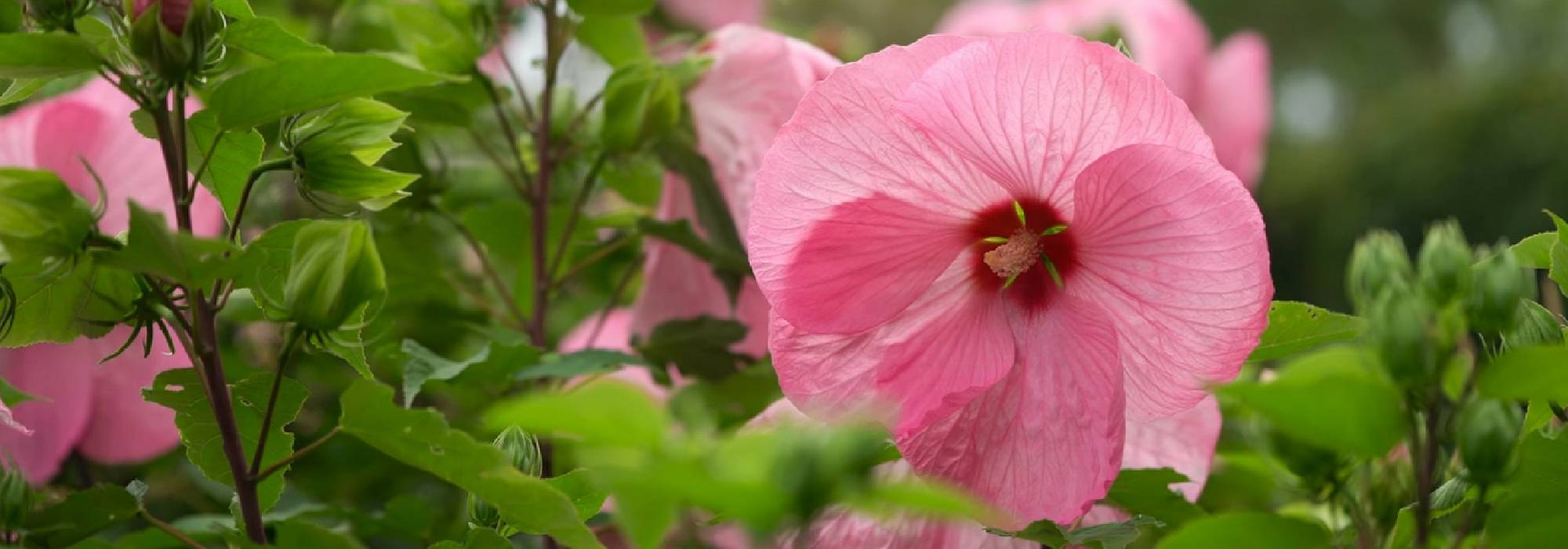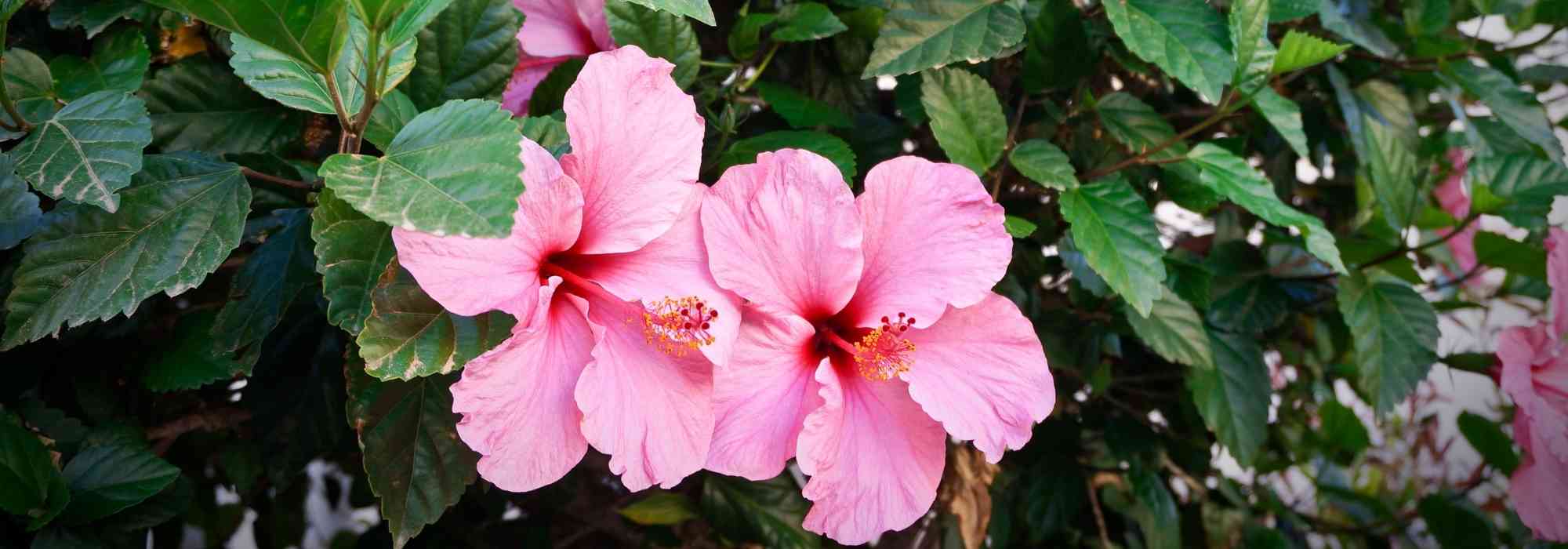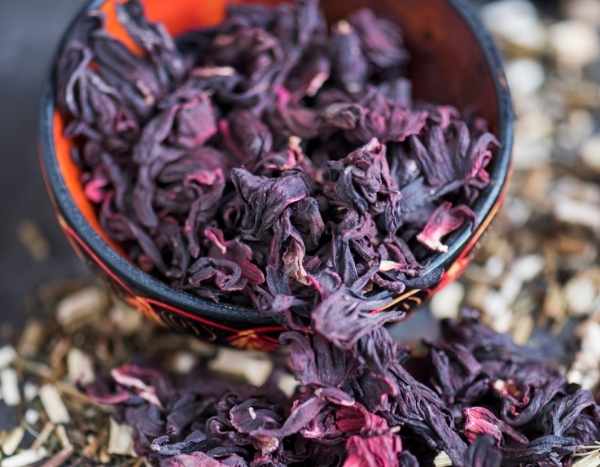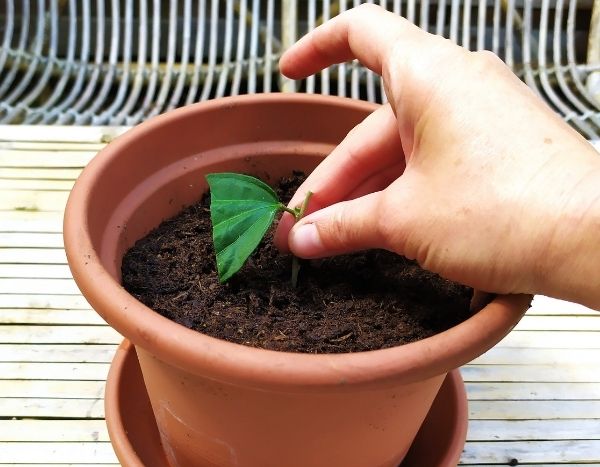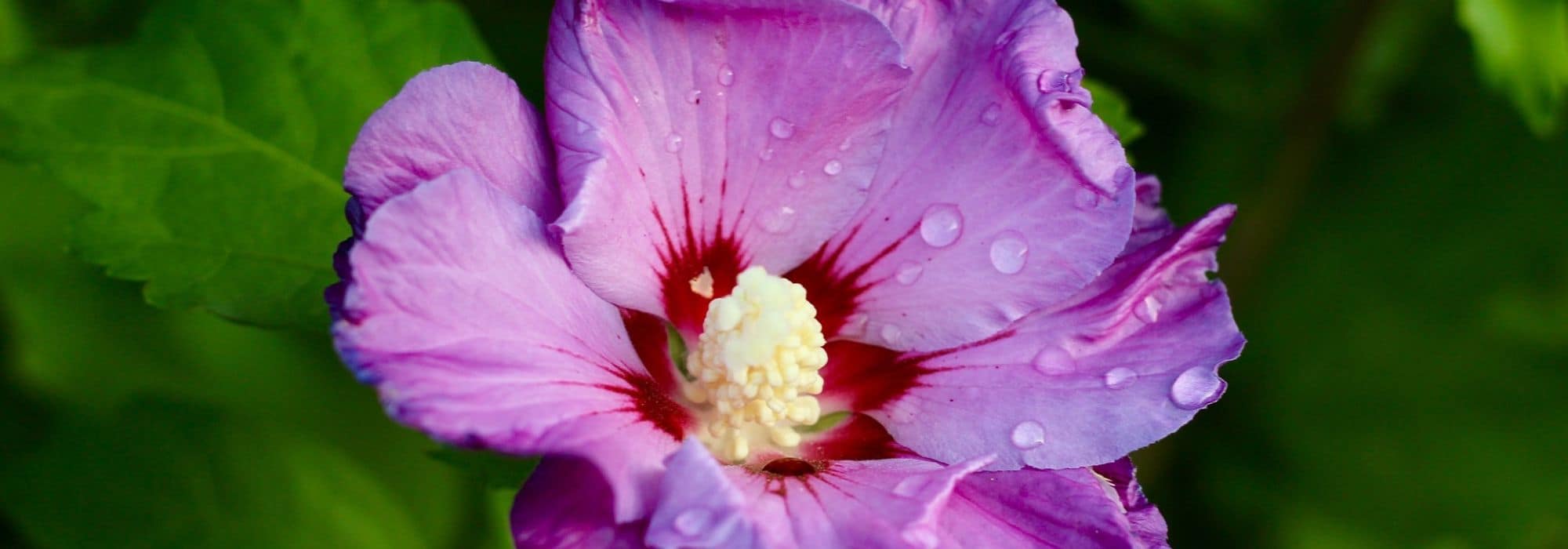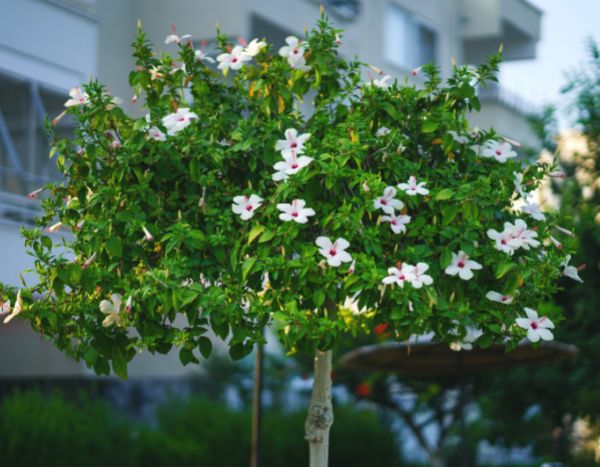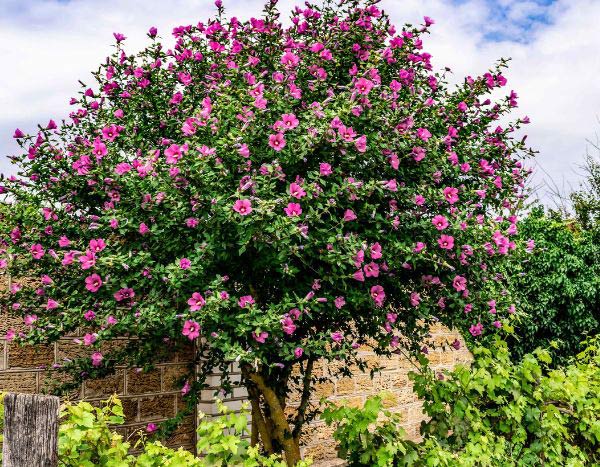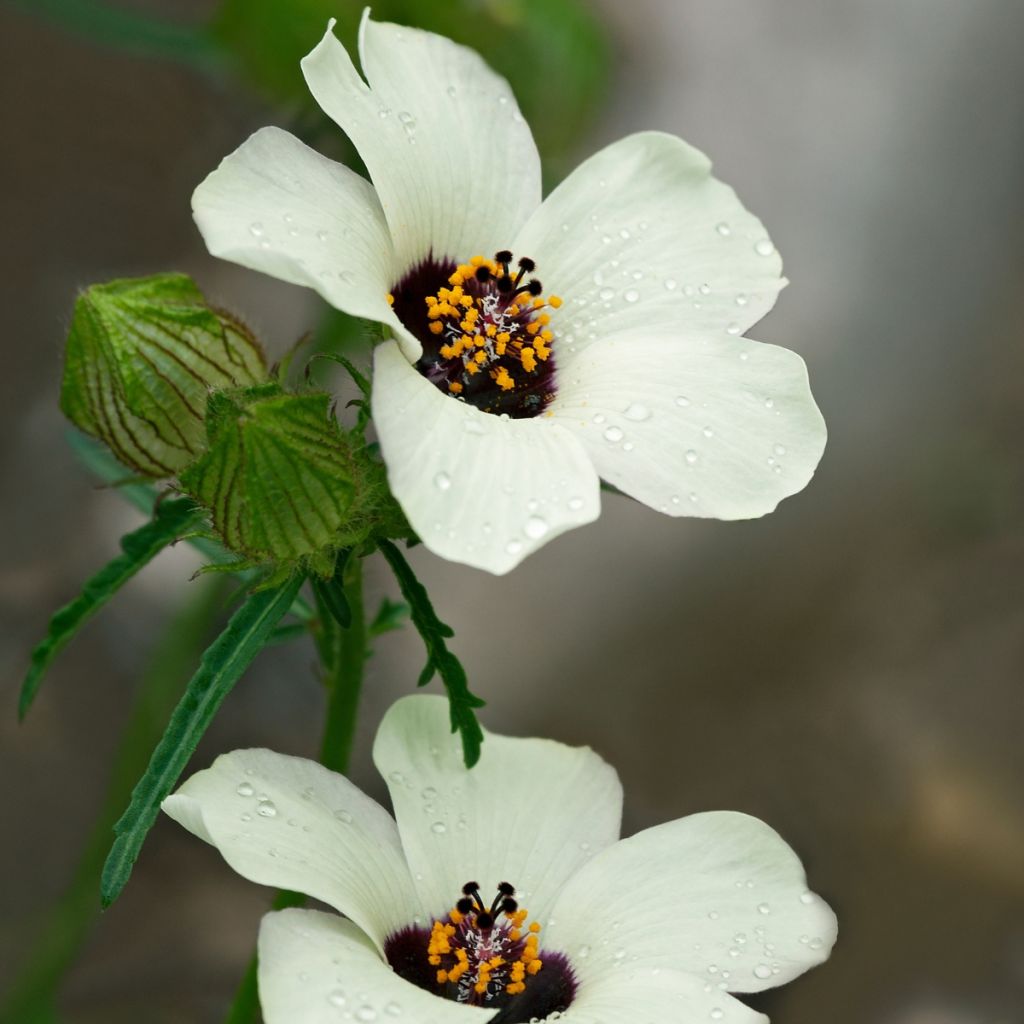

Hibiscus trionum - African Hibiscus
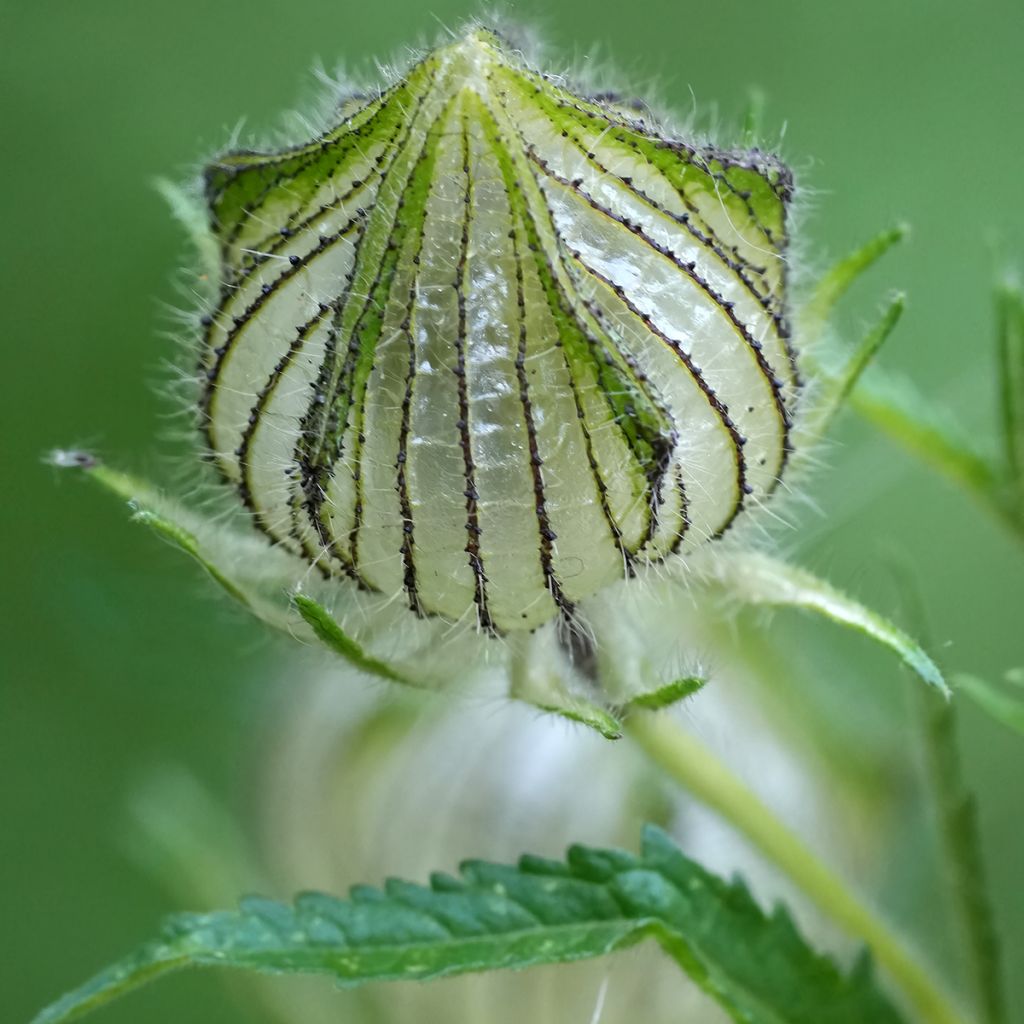

Hibiscus trionum - African Hibiscus
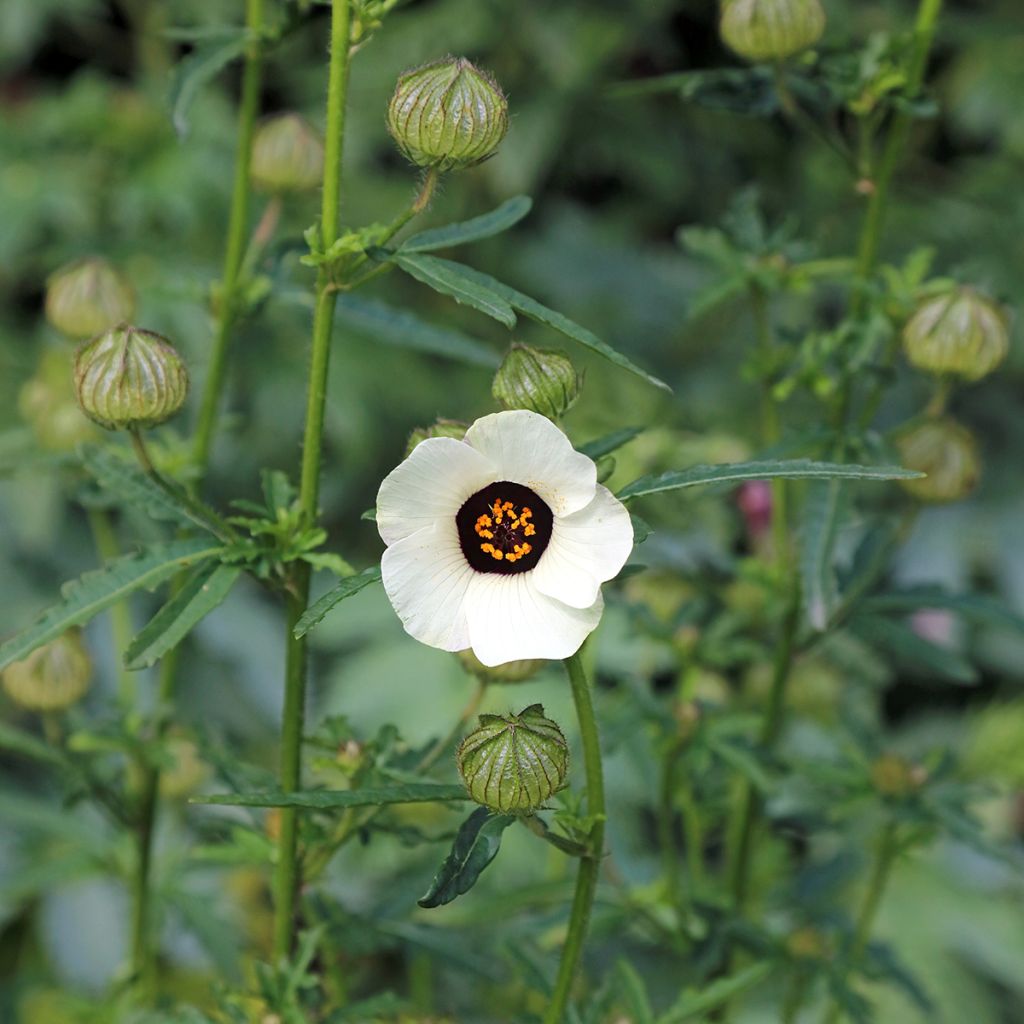

Hibiscus trionum - African Hibiscus
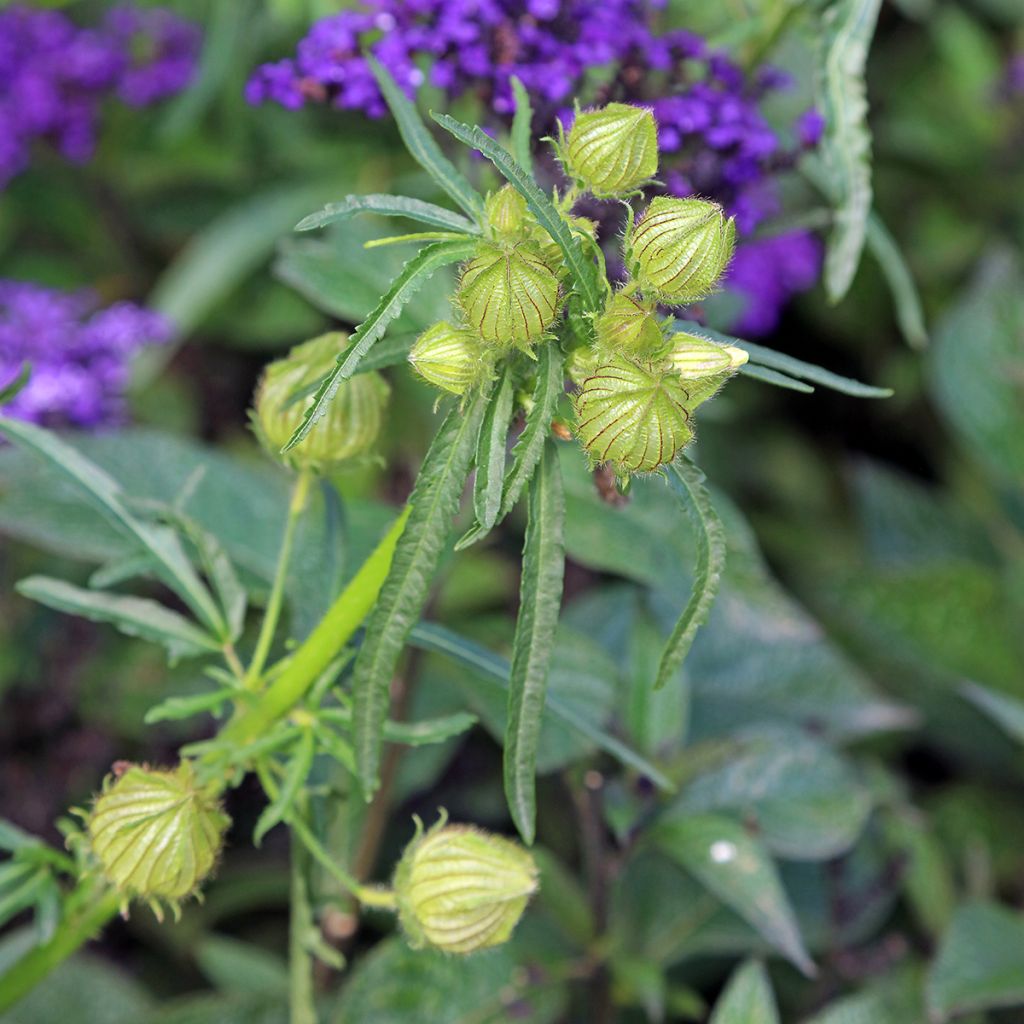

Hibiscus trionum - African Hibiscus
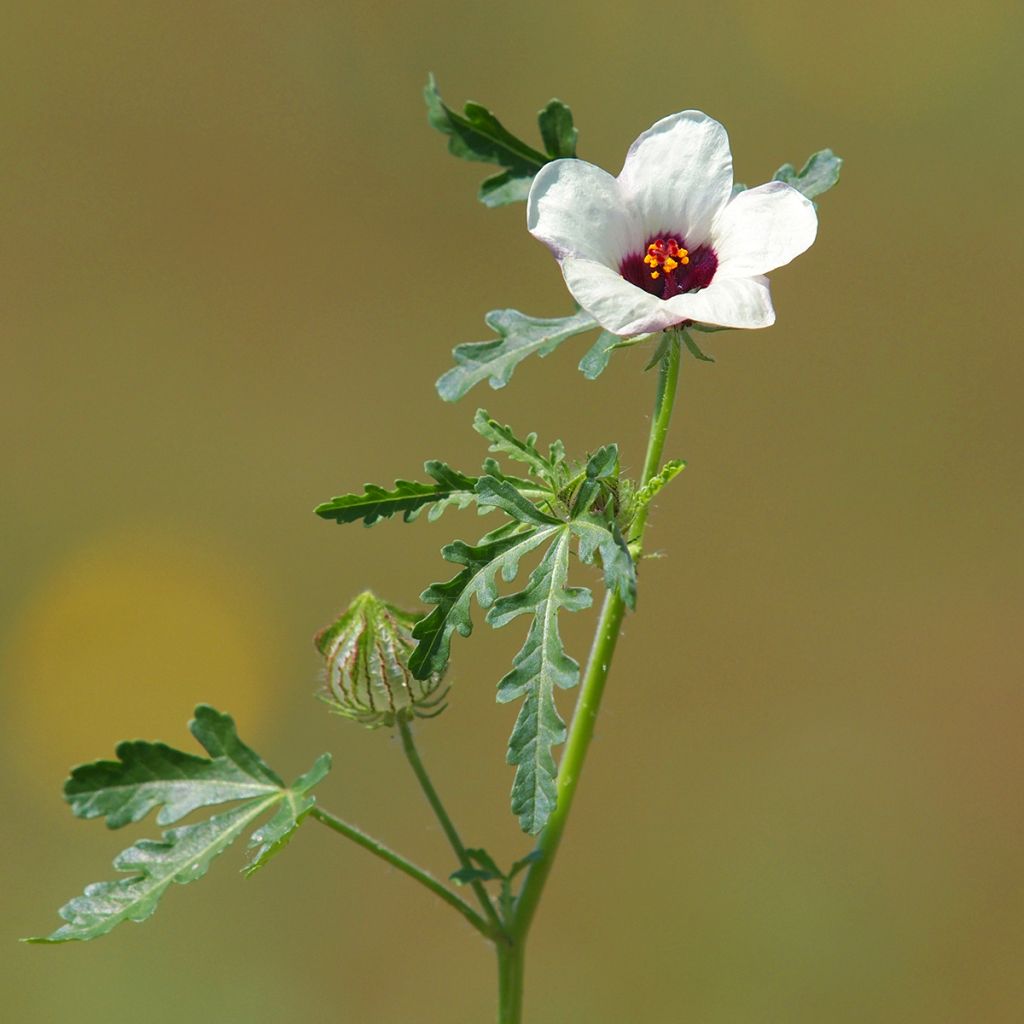

Hibiscus trionum - African Hibiscus
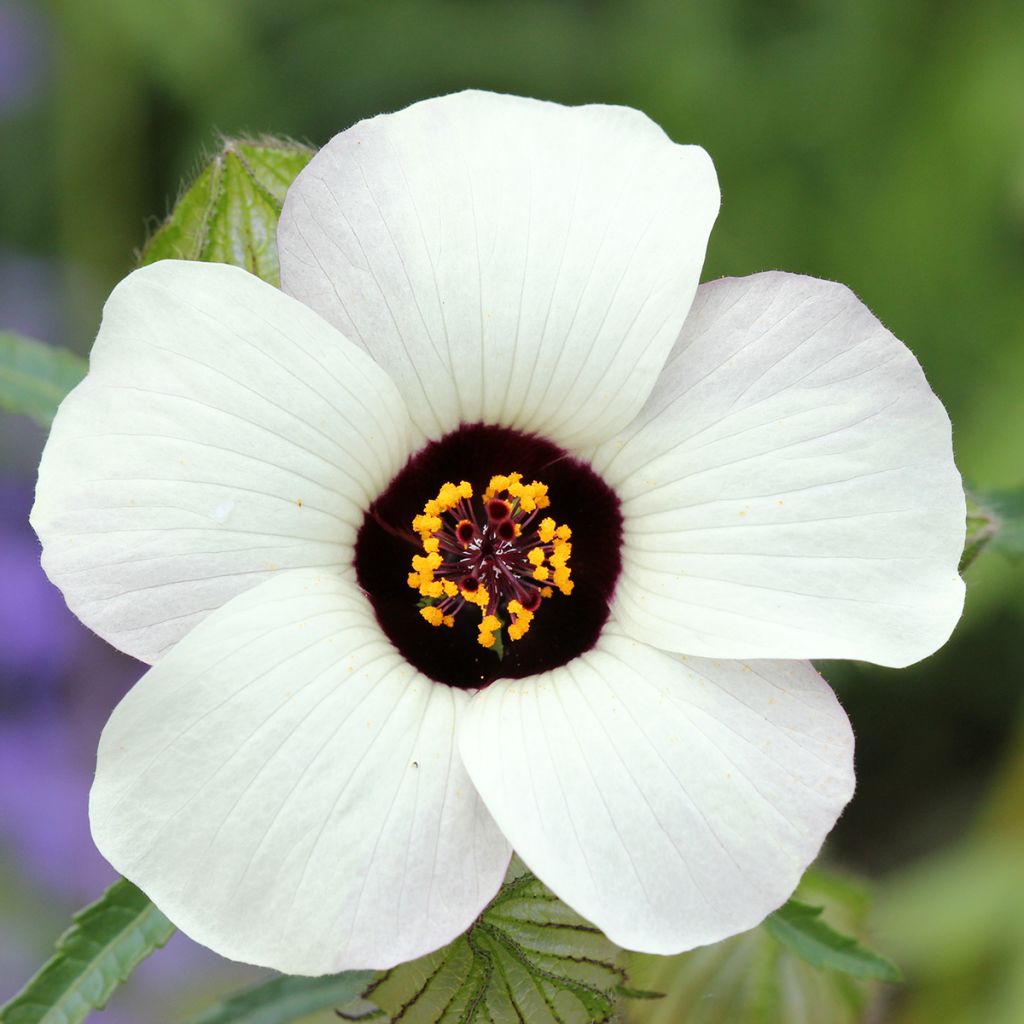

Hibiscus trionum - African Hibiscus
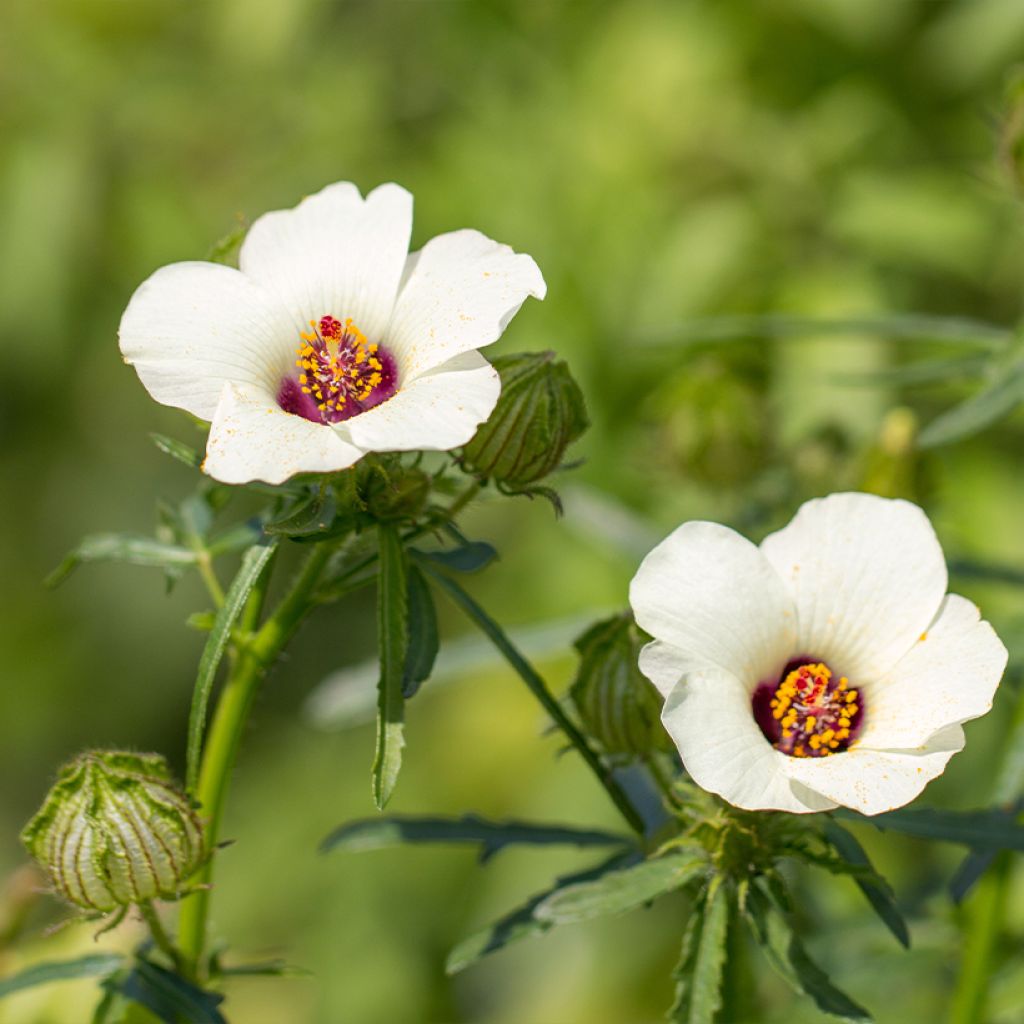

Hibiscus trionum - African Hibiscus
Hibiscus trionum - African Hibiscus
Hibiscus trionum
Flower-of-an-hour, Venice mallow, black-eyed susan
Special offer!
Receive a €20 voucher for any order over €90 (excluding delivery costs, credit notes, and plastic-free options)!
1- Add your favorite plants to your cart.
2- Once you have reached €90, confirm your order (you can even choose the delivery date!).
3- As soon as your order is shipped, you will receive an email containing your voucher code, valid for 3 months (90 days).
Your voucher is unique and can only be used once, for any order with a minimum value of €20, excluding delivery costs.
Can be combined with other current offers, non-divisible and non-refundable.
Home or relay delivery (depending on size and destination)
Schedule delivery date,
and select date in basket
This plant carries a 12 months recovery warranty
More information
We guarantee the quality of our plants for a full growing cycle, and will replace at our expense any plant that fails to recover under normal climatic and planting conditions.
Would this plant suit my garden?
Set up your Plantfit profile →
Description
Hibiscus trionum is a rarely cultivated, beautifully elegant hibiscus. It is a perennial species which is grown as an annual in our climates because it is frost-sensitive. It bears cream-yellow to white flowers with a dark purple, almost black centre, enhanced by dark green foliage. The seeds are carried in lantern-shaped pods. Each flower lasts only one day and often only blooms when the sun is shining, but it is a fast-growing plant with prolific flowering throughout the summer until the first frost.
Hibiscus trionum belongs to the mallow family. Also known as African Rose Mallow or Flower-of-an-Hour, it is an annual herbaceous plant (sometimes biennial), native to the eastern Mediterranean basin, but it has been spread throughout southern Europe and America, in subtropical areas and mild temperate climates. This highly ornamental and prolific plant is even considered invasive in the Australian continent. It forms a rounded clump, usually 50 cm tall, which can reach 80 cm. The stem branches out from the base. The leaves are simple, alternate, elongated, dark green, palmate, and divided into 3 to 7 lobes. The plant grows rapidly as soon as the heat is sufficient and produces multiple unique flower buds that are swollen like balloons and highlighted by fine ridges with a dark tip. They open into a magnificent flat, 6 to 7 cm wide flower, with 5 free and regular light yellow to white petals with a dark base. This beautiful corolla shows a dark red to violet throat, from which the staminal column emerges. A large number of kidney-shaped seeds are produced. They ensure the species' perpetuity and easily self-seed if the climate allows.
Hibiscus trionum prefers light, fertile, moist, well-drained soils and a warm exposure. It produces flowers from June to October, each living for only a few hours. It is easy to grow and perfect in a sunny border or as the main element in a terrace container. Give it the spotlight for a season, or combine it in a bed with daylilies, asters, and salvias, in front of botanical roses or buddleias.
Hibiscus trionum - African Hibiscus in pictures
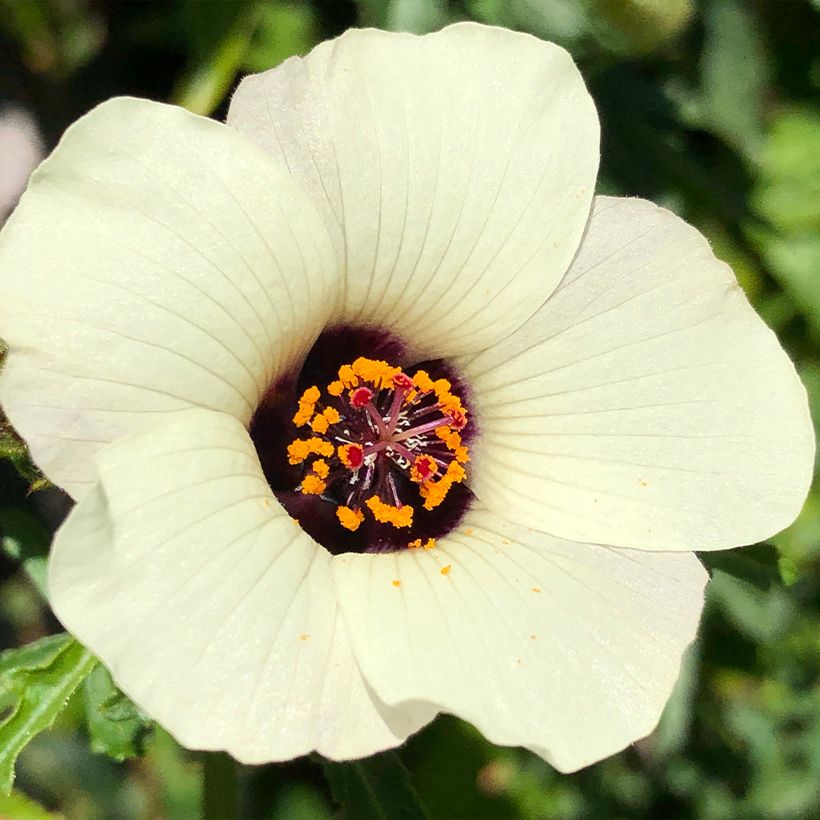

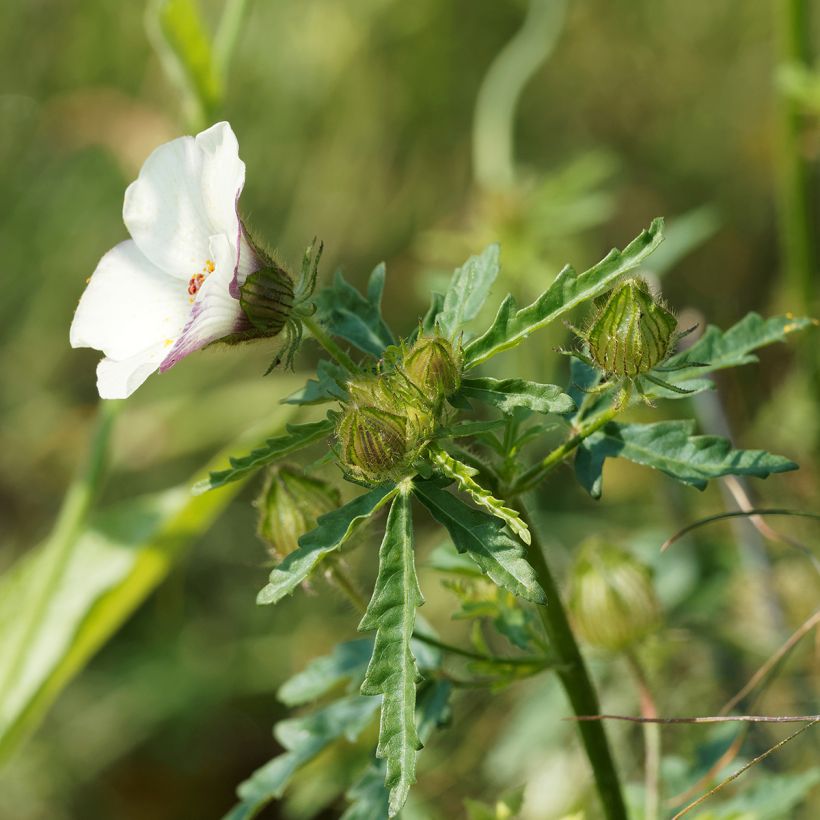

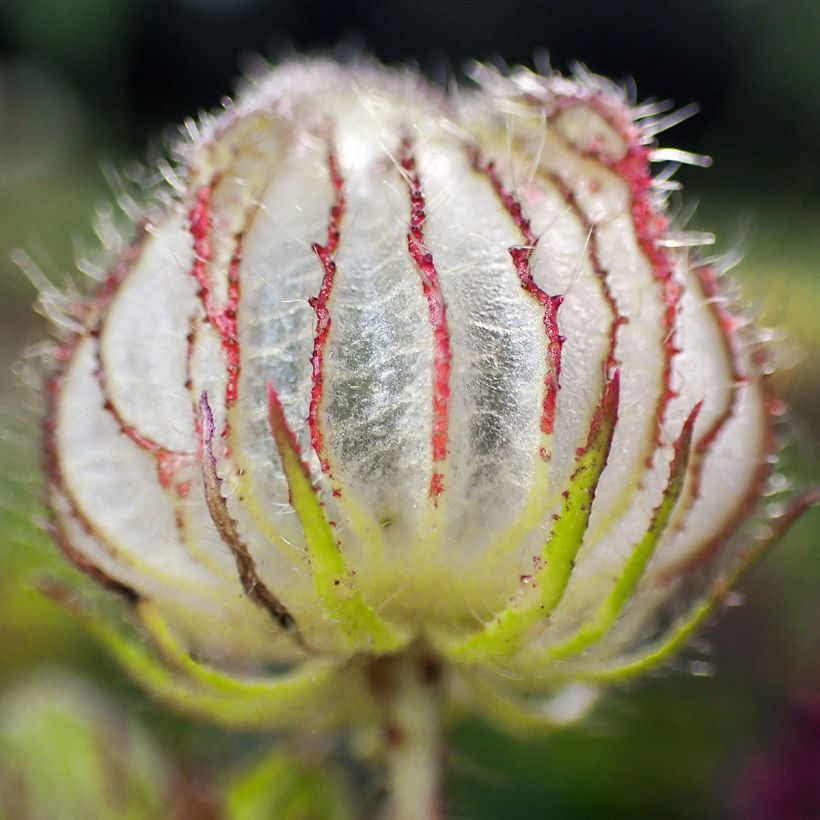

Flowering
Foliage
Plant habit
Botanical data
Hibiscus
trionum
Malvaceae
Flower-of-an-hour, Venice mallow, black-eyed susan
Hibiscus africanus, Hibiscus hispidus, Hibiscus ternatus, Hibiscus trionum var. ternatus
East Africa
Planting and care
Plant Hibiscus trionum in spring in a sunny position, in a well-drained, deep, loose, fertile soil that remains moist. Water abundantly after planting.
It can adapt to different growing conditions, tolerating both dry and wet soils, but it is more beautiful and more floriferous in soil that retains moisture in summer and is rich in organic matter and regularly watered. Similarly, it tolerates a pH that ranges from very acidic to neutral.
However, what the hibiscus trionum needs to develop well is warmth and sunlight.
In very cold regions, harvest the seeds from one year to sow them the next.
These flowers are charming but short-lived. Some horticultural selections have less short-lived flowers.
Planting period
Intended location
Care
Planting & care advice
This item has not been reviewed yet - be the first to leave a review about it.
Haven't found what you were looking for?
Hardiness is the lowest winter temperature a plant can endure without suffering serious damage or even dying. However, hardiness is affected by location (a sheltered area, such as a patio), protection (winter cover) and soil type (hardiness is improved by well-drained soil).

Photo Sharing Terms & Conditions
In order to encourage gardeners to interact and share their experiences, Promesse de fleurs offers various media enabling content to be uploaded onto its Site - in particular via the ‘Photo sharing’ module.
The User agrees to refrain from:
- Posting any content that is illegal, prejudicial, insulting, racist, inciteful to hatred, revisionist, contrary to public decency, that infringes on privacy or on the privacy rights of third parties, in particular the publicity rights of persons and goods, intellectual property rights, or the right to privacy.
- Submitting content on behalf of a third party;
- Impersonate the identity of a third party and/or publish any personal information about a third party;
In general, the User undertakes to refrain from any unethical behaviour.
All Content (in particular text, comments, files, images, photos, videos, creative works, etc.), which may be subject to property or intellectual property rights, image or other private rights, shall remain the property of the User, subject to the limited rights granted by the terms of the licence granted by Promesse de fleurs as stated below. Users are at liberty to publish or not to publish such Content on the Site, notably via the ‘Photo Sharing’ facility, and accept that this Content shall be made public and freely accessible, notably on the Internet.
Users further acknowledge, undertake to have ,and guarantee that they hold all necessary rights and permissions to publish such material on the Site, in particular with regard to the legislation in force pertaining to any privacy, property, intellectual property, image, or contractual rights, or rights of any other nature. By publishing such Content on the Site, Users acknowledge accepting full liability as publishers of the Content within the meaning of the law, and grant Promesse de fleurs, free of charge, an inclusive, worldwide licence for the said Content for the entire duration of its publication, including all reproduction, representation, up/downloading, displaying, performing, transmission, and storage rights.
Users also grant permission for their name to be linked to the Content and accept that this link may not always be made available.
By engaging in posting material, Users consent to their Content becoming automatically accessible on the Internet, in particular on other sites and/or blogs and/or web pages of the Promesse de fleurs site, including in particular social pages and the Promesse de fleurs catalogue.
Users may secure the removal of entrusted content free of charge by issuing a simple request via our contact form.
The flowering period indicated on our website applies to countries and regions located in USDA zone 8 (France, the United Kingdom, Ireland, the Netherlands, etc.)
It will vary according to where you live:
- In zones 9 to 10 (Italy, Spain, Greece, etc.), flowering will occur about 2 to 4 weeks earlier.
- In zones 6 to 7 (Germany, Poland, Slovenia, and lower mountainous regions), flowering will be delayed by 2 to 3 weeks.
- In zone 5 (Central Europe, Scandinavia), blooming will be delayed by 3 to 5 weeks.
In temperate climates, pruning of spring-flowering shrubs (forsythia, spireas, etc.) should be done just after flowering.
Pruning of summer-flowering shrubs (Indian Lilac, Perovskia, etc.) can be done in winter or spring.
In cold regions as well as with frost-sensitive plants, avoid pruning too early when severe frosts may still occur.
The planting period indicated on our website applies to countries and regions located in USDA zone 8 (France, United Kingdom, Ireland, Netherlands).
It will vary according to where you live:
- In Mediterranean zones (Marseille, Madrid, Milan, etc.), autumn and winter are the best planting periods.
- In continental zones (Strasbourg, Munich, Vienna, etc.), delay planting by 2 to 3 weeks in spring and bring it forward by 2 to 4 weeks in autumn.
- In mountainous regions (the Alps, Pyrenees, Carpathians, etc.), it is best to plant in late spring (May-June) or late summer (August-September).
The harvesting period indicated on our website applies to countries and regions in USDA zone 8 (France, England, Ireland, the Netherlands).
In colder areas (Scandinavia, Poland, Austria...) fruit and vegetable harvests are likely to be delayed by 3-4 weeks.
In warmer areas (Italy, Spain, Greece, etc.), harvesting will probably take place earlier, depending on weather conditions.
The sowing periods indicated on our website apply to countries and regions within USDA Zone 8 (France, UK, Ireland, Netherlands).
In colder areas (Scandinavia, Poland, Austria...), delay any outdoor sowing by 3-4 weeks, or sow under glass.
In warmer climes (Italy, Spain, Greece, etc.), bring outdoor sowing forward by a few weeks.






























